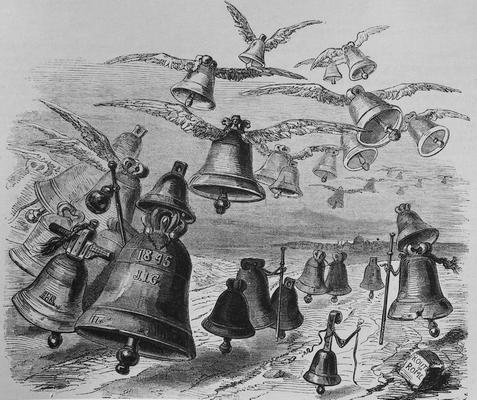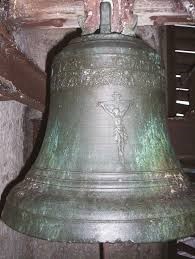Among the Holy Week holidays, Maundy Thursday is the day of mourning, so there is no bell ringing from Thursday evening to Saturday evening. When people asked what the bells were doing, they got the answer that they went to Rome to mourn Christ. Rome is the center of the Church, so it is also the center of Easter.
This custom dates back to about the 15-16th century. It was established in the 19th century that the bells in the churches are silent on Maundy Thursday, and the next time they ring on Maundy Saturday. Until then, their place will be occupied by wooden carriers.

Source: gil.hu
The fact that the bells go to Rome is also connected with a saying.
According to the story, on Holy Saturday in the year 1674, the sacristan in St. Peter's Church in Rome, as soon as he went up to the tower of the church, to his great dismay, he found a young man in strange clothes, immersed in a deep sleep. He woke her up with great difficulty. He stared around, hardly able to understand what had happened to him, until at last he told him in Latin who he was and how he came here. His name was Mihály Kopeczky, he was a student at Késmárkon, and he had a great desire to see the eternal city and its famous churches. As he had heard that the bells fly to Rome at Easter, he also decided to make this journey with the bell. So he climbed into the Késmárk tower, hid inside the old bell and tied himself to the tongue of the bell with a strap. All at once he felt a great jolt, as if he had flown out of the tower, before he lost consciousness. He didn't even win him back until he was woken up by the sacristan of St. Peter's. Kopeczky's story caused a stir throughout Rome. He had patrons, so he never returned to his country.
Source: Székelyhon
Featured image: Eger magazine













